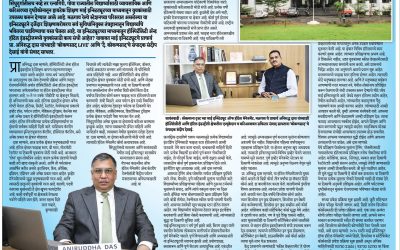Introduction
In today’s competitive hospitality landscape, guests don’t just seek a stay—they crave a memorable journey. Storytelling has emerged as a powerful tool for hoteliers to build emotional connections, differentiate their brand, and delight guests from the moment they arrive.
What Is Storytelling in Hospitality?
Storytelling involves weaving narratives into every touchpoint of a guest’s experience—whether it’s through the property’s architecture, room design, staff interactions, or curated experiences. A story can be rooted in local heritage, cultural traditions, or the vision behind the property itself.
Why Storytelling Works
1. Emotional Engagement
Stories provoke emotions—nostalgia, wonder, belonging. A guest who connects emotionally is far more likely to remember and recommend your property.
2. Brand Differentiation
In a sea of cookie‑cutter hotels, a strong story makes you stand out. It gives your hospitality offering depth and personality.
3. Enhanced Guest Journey
A cohesive narrative transforms an ordinary stay into a curated experience—elevating arrival, dining, recreation, and farewell.
How MAI Institute Trains Future Hoteliers in Story‑Driven Service
-
Curriculum with a Narrative Core: Students learn to construct compelling brand stories through themed stays, heritage-based menus, and digital storytelling.
-
Practical Workshops: Role‑play scenarios train students to embed storytelling into guest interactions—from arrival to departure.
-
Project‑Based Learning: Teams design a boutique hotel concept or a narrative‑driven F&B outlet, complete with backstory, design elements, and service sequences.
Real‑World Examples
Eco‑resort in Kerala: A ‘back‑to‑roots’ narrative educates guests on sustainable living and local crafts.
Heritage Haveli in Rajasthan: Every courtyard, artifact, and activity reflects the Haveli’s origins. Trained MAI students design interactive guest stories, such as traditional cooking demonstrations.
Tips for Aspiring Hospitality Professionals
- Know Your Story – Understand the origin, culture, or values behind the property.
- Map the Journey – Ensure every guest touchpoint—from check-in to departure—echoes the story.
- Train Staff as Storytellers – Encourage staff to learn and share the narrative naturally.
- Measure Impact – Use guest reviews, surveys, and social media engagement to test resonance.
Conclusion
Storytelling in hospitality isn’t about fiction—it’s about authenticity, connection, and experience. At MAI Institute, we empower students to elevate ordinary stays into extraordinary journeys, preparing them to shape the future of guest experiences worldwide.




